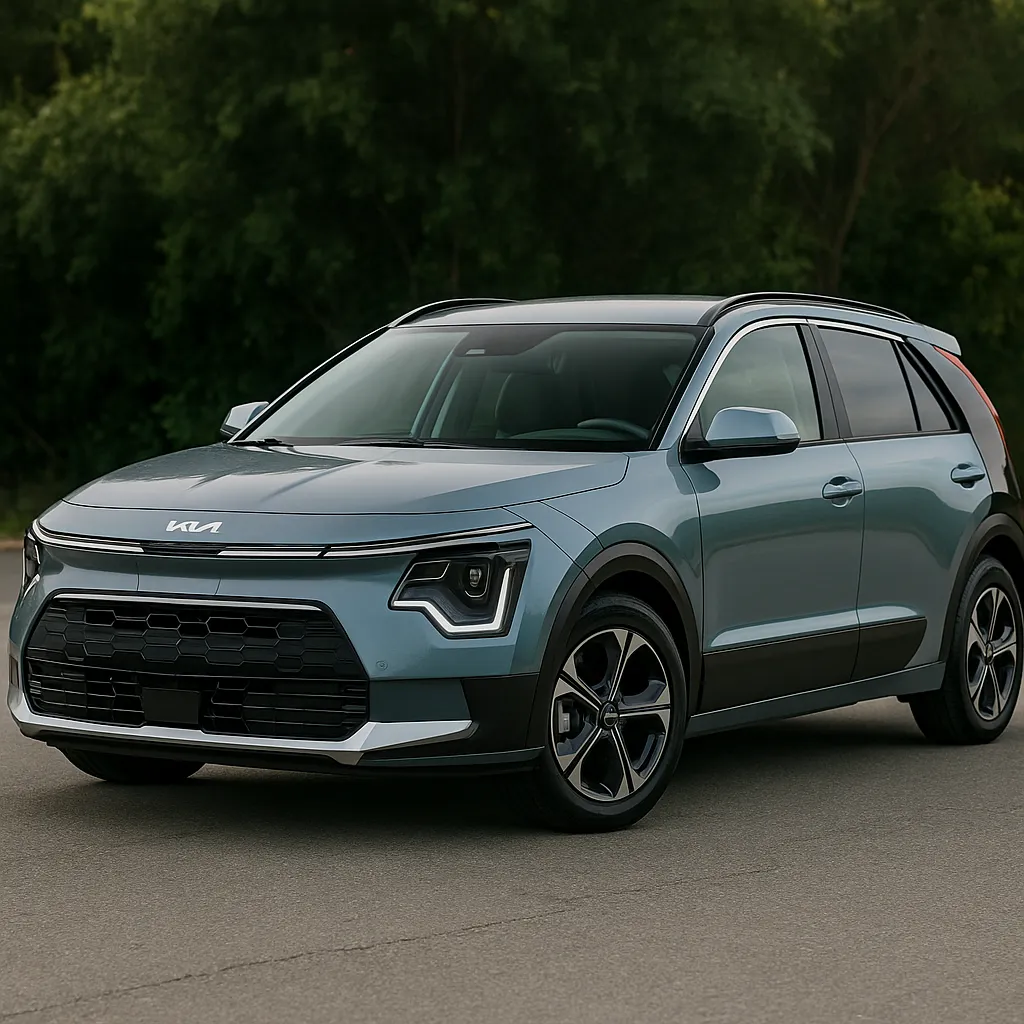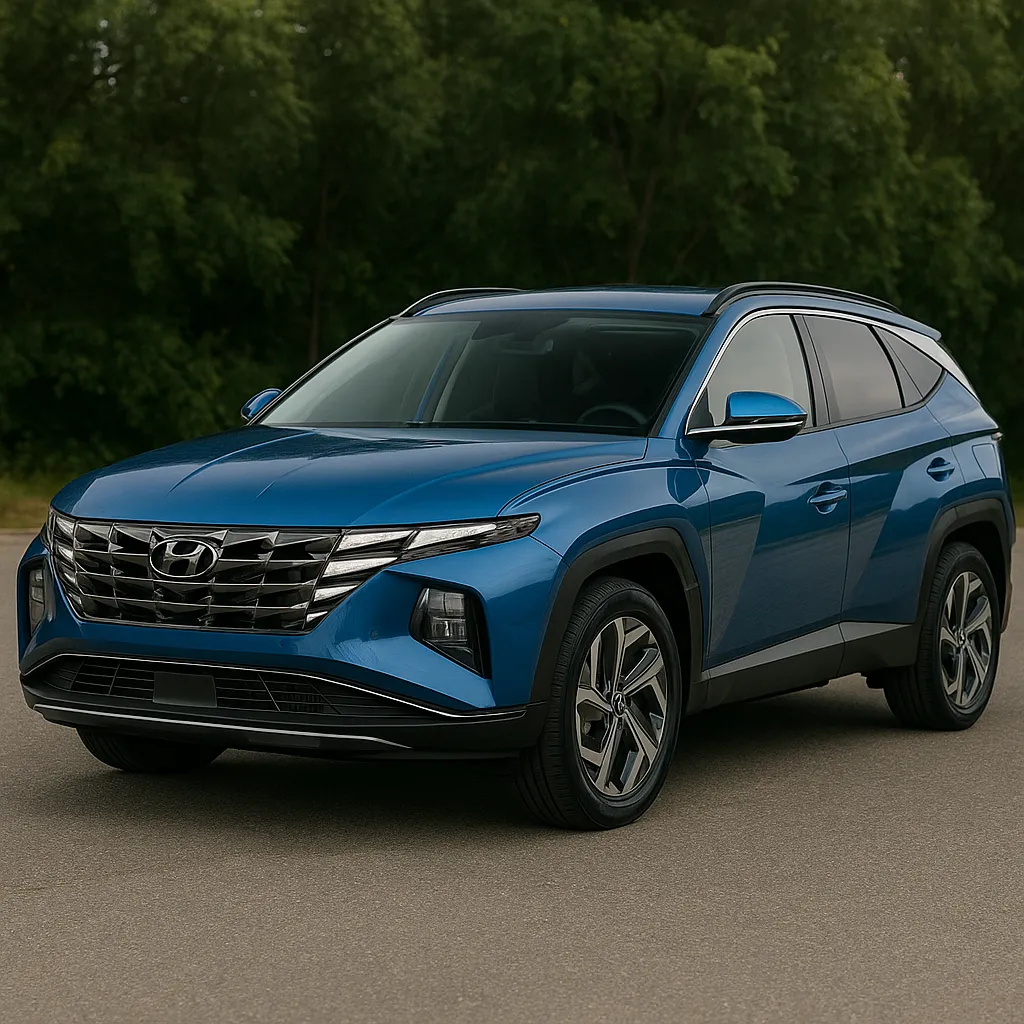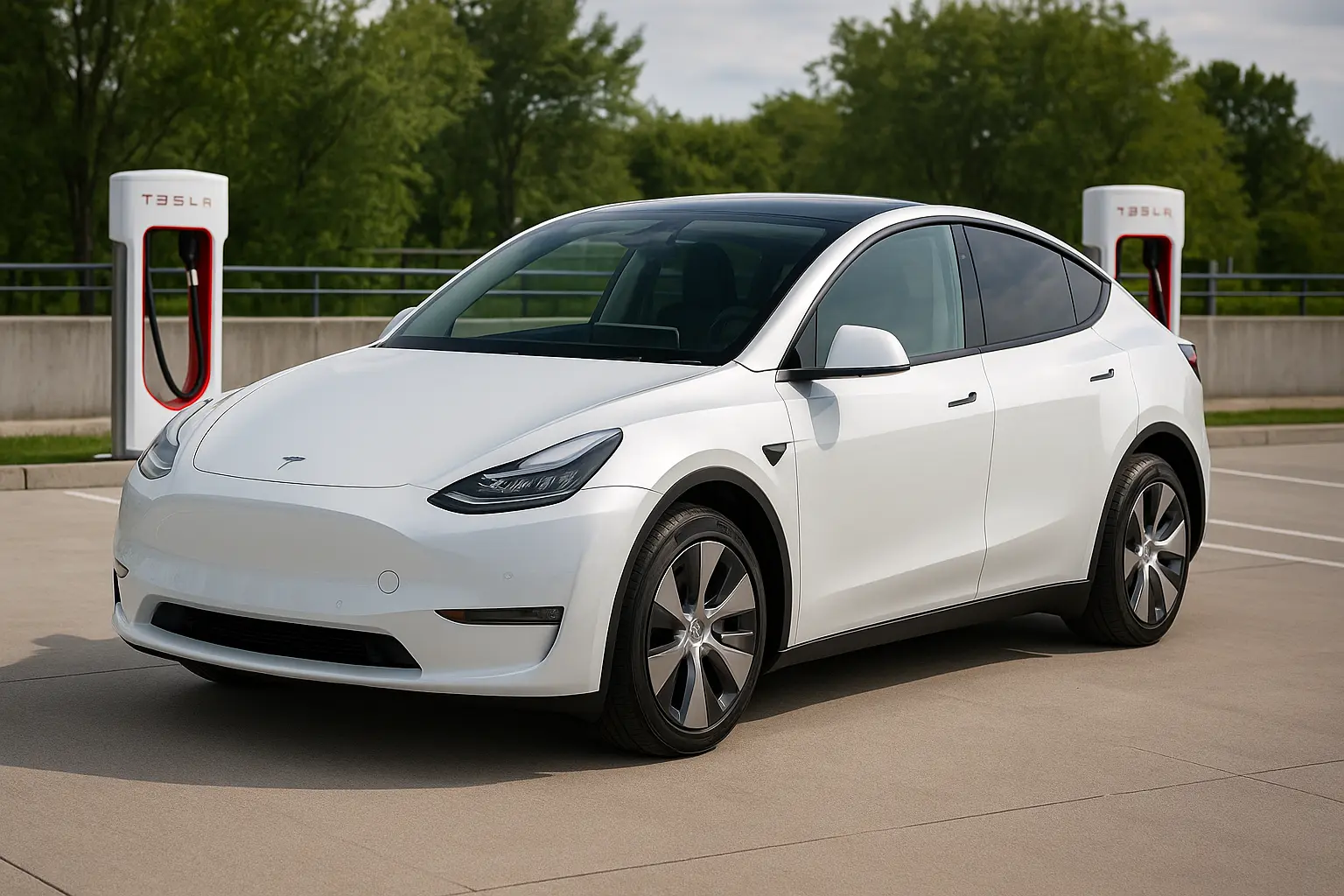Top Plug-in Hybrids in Australia – Fuel Saver Meets EV Tech
Plug-in hybrids (PHEVs) offer the best of both automotive worlds—electric efficiency for your daily drives and a petrol engine for long hauls. As Australian drivers begin to embrace cleaner transport options, PHEVs are gaining traction for those not yet ready to make the full jump to battery electric vehicles (BEVs).
In this comprehensive guide, we’ll explore the best plug-in hybrid vehicles in Australia for 2025, diving deep into their specs, fuel economy, pricing, practicality, and who they suit best.

Why Choose a Plug-in Hybrid in Australia?
With growing infrastructure for EVs and rising fuel costs, PHEVs make sense for many Australians. Here's why:
✅ Daily Electric Driving
Most PHEVs offer 40–100km electric-only range, enough for city commutes or errands without burning petrol.
✅ No Range Anxiety
Unlike full EVs, PHEVs come with an internal combustion engine, giving you extended range when needed.
✅ Lower Emissions
You'll use less fuel overall, reducing CO₂ emissions and potentially qualifying for state-based EV incentives.
✅ Ideal for Urban/Suburban Lifestyles
Live in the city but like weekend getaways? PHEVs are perfect for combining eco-driving and flexibility.
Best Plug-in Hybrids Available in Australia (2025 Edition)
1. Mitsubishi Outlander PHEV
From $56,490 (before on-road costs)
Electric-only range: 84km
Total system output: 185kW
Fuel economy: 1.5L/100km (claimed)
The updated Outlander PHEV is Australia’s best-selling plug-in hybrid for good reason. It offers seven seats, AWD capability, and a substantial electric-only range. The interior is modern, tech-laden, and family-friendly.
Pros:
Class-leading EV range
Comfortable ride
Roomy for a family
Cons:
Heavier than petrol variant
Real-world economy depends on plug-in discipline
2. Kia Sorento PHEV
From $81,080 (drive-away)
Electric-only range: 68km
Total system output: 195kW
Fuel economy: 1.6L/100km
The Sorento brings style and practicality with hybrid brains. With seven seats and loads of boot space, it’s a great SUV for large Aussie families who want green credentials.
Pros:
Excellent cabin tech
Smooth transition between power sources
Premium feel
Cons:
Expensive compared to ICE rivals
Smaller battery than Outlander
3. Ford Escape ST-Line PHEV
From $54,440 (before on-road)
Electric-only range: 56km
Total system output: 167kW
Fuel economy: 1.5L/100km
If you’re after a sportier drive, the Ford Escape PHEV could be a sweet spot between efficiency and enjoyment. It’s one of the few compact SUVs with plug-in ability and doesn’t skimp on driving dynamics.
Pros:
Affordable entry into PHEV segment
Sporty ride
Compact city-friendly size
Cons:
Lacks AWD
Interior feels a little dated
4. Volvo XC60 Recharge Plug-In Hybrid
From $97,990
Electric-only range: 81km
Total output: 340kW
Fuel economy: 1.6L/100km
Luxury meets performance. The XC60 Recharge is a PHEV with serious power, gorgeous Scandinavian design, and an EV mode good enough for most short trips.
Pros:
Premium finish
Powerful and fast
High safety standards
Cons:
Pricey
Limited service centres outside capital cities
5. MG HS Plus EV
From $49,690 (drive-away)
Electric-only range: 63km
Total output: 189kW
Fuel economy: 1.7L/100km
The MG HS Plus EV is Australia’s most affordable plug-in hybrid, making it a popular choice for budget-conscious buyers who still want to embrace low-emission tech.
Pros:
Value-packed
Standard features like leather, panoramic sunroof
Good warranty (7 years)
Cons:
Dull handling
Sluggish when switching between modes
6. Cupra Formentor VZe PHEV
From $64,990
Electric-only range: 58km
Total output: 180kW
Fuel economy: 1.9L/100km
The Formentor VZe is one of the best-looking PHEVs on sale, with sharp styling, solid performance, and enough EV range for most Aussie commutes.
Pros:
Stylish and sporty
Well-built interior
Engaging to drive
Cons:
Pricey for a smaller SUV
Cupra is a new brand in Australia
Plug-in Hybrids: SUV vs Sedan – Which Should You Choose?
SUVs (e.g., Outlander, Sorento, XC60)
More space
Family and adventure focused
Higher ride height and visibility
Sedans/Hatchbacks (e.g., Prius Prime – limited availability in Australia)
Lighter and more efficient
Sportier driving
Cheaper to maintain
Verdict: SUVs are dominating the Aussie PHEV market due to demand for practicality and higher battery capacities.
Charging Your Plug-in Hybrid in Australia
Where Can You Charge?
At home with a 240V outlet or dedicated wallbox
Public AC chargers (Type 2)
Some PHEVs don’t support DC fast charging (check model specs)
Charging Times
Standard 10A outlet: 6–8 hours
Wallbox: ~2–3 hours
Plug-in Hybrid Ownership Costs in Australia
| Factor | PHEV Advantage |
|---|---|
| Fuel Savings | Yes – especially for short daily drives |
| Registration Discounts | Varies by state (e.g., VIC, NSW incentives) |
| Servicing Costs | Slightly higher than ICE, but lower than EV |
| Resale Value | Improving with market acceptance |
| Insurance Premiums | Slightly higher due to battery system |
Are Plug-in Hybrids Worth It in 2025?
✅ Ideal for you if:
You have access to a power point/charger at home or work
Your daily commute is under 60–80km
You want to reduce emissions without range anxiety
You frequently do regional travel and want flexibility
❌ May not be ideal if:
You don’t have regular charging access
You do lots of long-distance driving without plugging in
You want the lowest long-term maintenance (EVs win here)
Government Incentives & EV-Friendly Policies (2025)
Stamp Duty Concessions: Available in VIC, NSW, QLD for PHEVs under luxury threshold
Registration Discounts: Available in some states
Charging Infrastructure Grants: Some home charger rebates in VIC and ACT
Fringe Benefits Tax Exemptions: Only apply to full EVs in most cases
What's Coming Soon – Upcoming PHEVs in Australia
Toyota RAV4 PHEV (Prime): Awaited by many, not yet confirmed for local market
Peugeot 308 & 508 PHEVs: Stylish European options with strong potential
BMW X1 xDrive30e: Compact luxury SUV with plug-in hybrid punch
Jeep Grand Cherokee 4xe: Full-size off-roader with plug-in hybrid power

Final Thoughts – Should You Buy a Plug-in Hybrid?
Plug-in hybrids are a smart choice for Australians in 2025 who aren’t ready to go full EV but still want to drive greener and save on fuel. They’re particularly ideal for:
Families with access to charging
Drivers in metro areas doing under 60km/day
Eco-minded buyers who want flexibility
But PHEVs do require plug-in discipline. To enjoy their low fuel bills and low emissions, you need to plug in often. Otherwise, they just become heavier petrol cars.
Summary – Top PHEV Picks in 2025
| Model | Range (EV) | Price (from) | Type | Best For |
|---|---|---|---|---|
| Mitsubishi Outlander | 84km | $56,490 | SUV | Families, long drives |
| Kia Sorento | 68km | $81,080 | SUV | Premium family SUV |
| Ford Escape | 56km | $54,440 | SUV | Urban dwellers |
| Volvo XC60 Recharge | 81km | $97,990 | Luxury | Performance + comfort |
| MG HS Plus EV | 63km | $49,690 | SUV | Budget PHEV shoppers |
| Cupra Formentor VZe | 58km | $64,990 | Sporty | Design-conscious buyers |
If you’re shopping for a versatile vehicle that cuts emissions, keeps running costs low, and still handles regional road trips—a plug-in hybrid might be your perfect compromise in 2025.
Leave a comment
Your email address will not be published. Required fields are marked *




